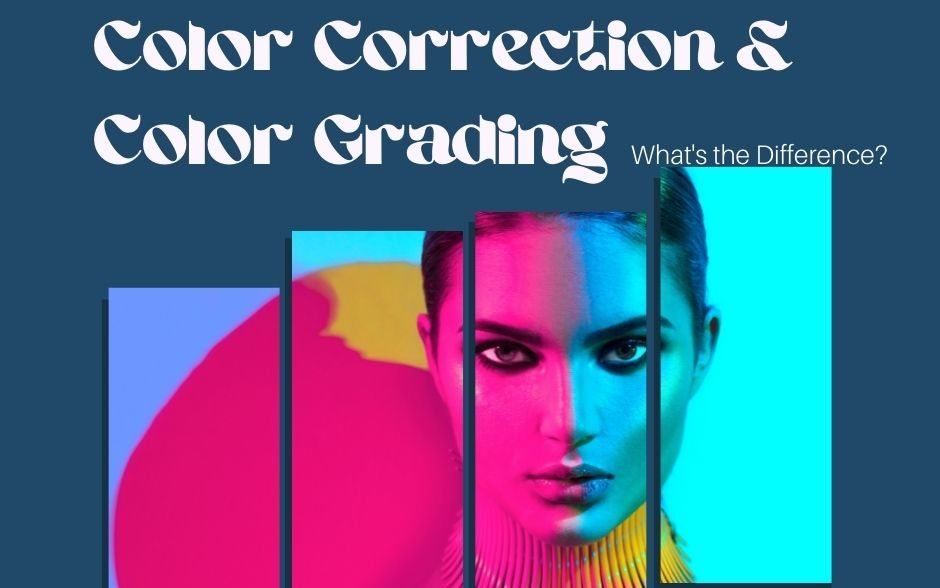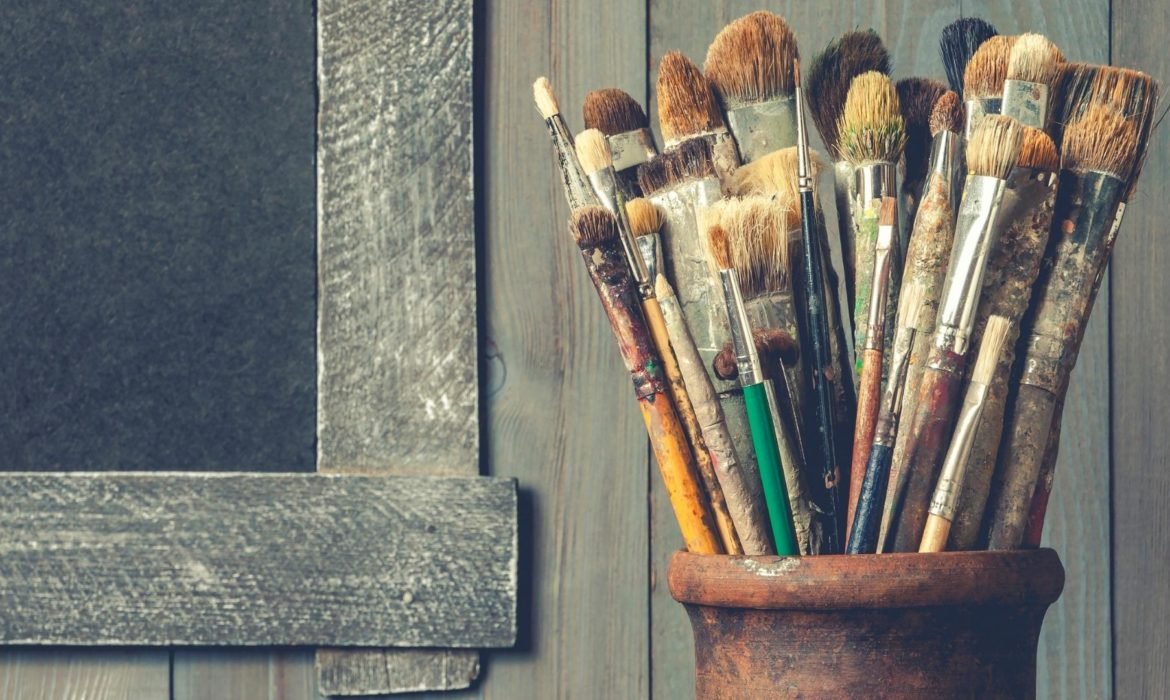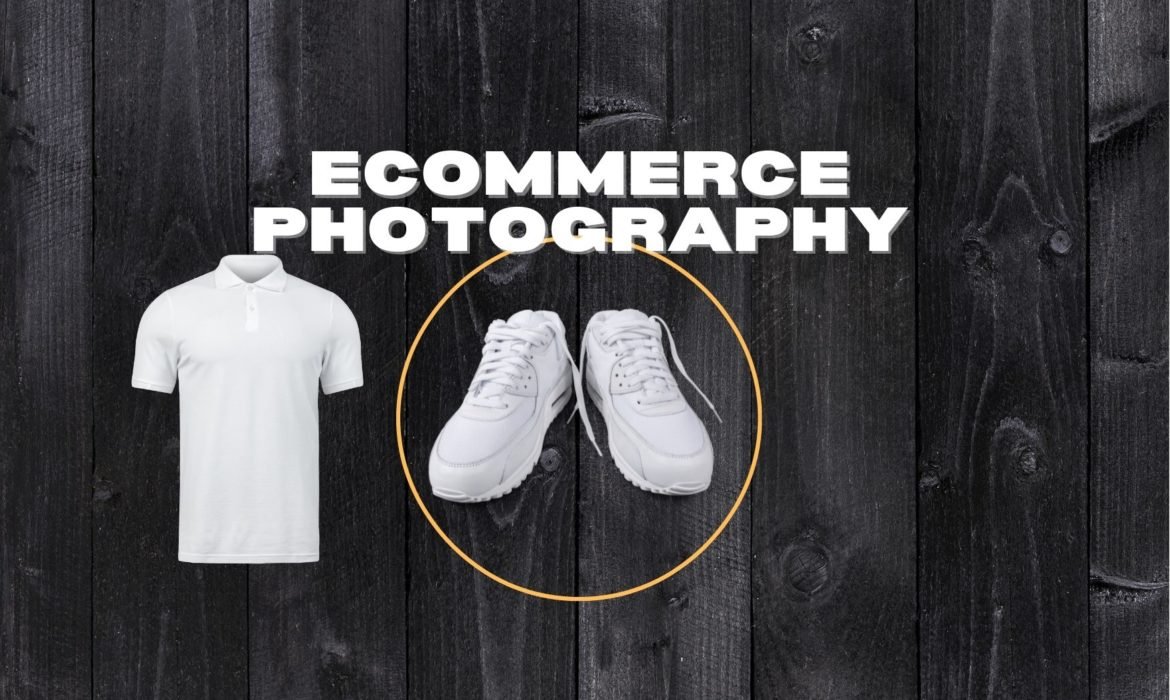How to Become an Event Manager
The request to become an event manager – the professional figure who takes care of organizing and managing an event – embraces different professional figures and concerns different sectors, for example, the world of fashion, architecture, and design. Photography must also be promoted and sponsored through the organization of unique exhibitions and events.
Many people want to know how to become an event hostess, but some want to take a step forward and start thinking big. So it’s not enough to be present in these contexts. You want to aim high and become an event designer and then maybe a manager. This is the path of entrepreneurship: where does this righteous path begin?
Who is the event manager, definition
To understand how to become an event manager, we need to understand what this profession consists of. It is a professional figure who deals with an event’s organization, management, and supervision. By chance, this figure is also referred to as an event coordinator, a node that serves as a reference point.
For other professions, it is the center capable of making decisions. This is the point: if there is a characteristic that distinguishes the event manager from other specializations, it is the ability and possibility to make decisions to transform the customer’s needs into reality. But what exactly does all this consist of? Here’s what you need to know.
What do you do in the event organization?
To understand how to become an event manager, you also need to focus on specific activities. In the first place, this figure serves as a reference to the other specializations that operate in the field of events. For example, you need to know how to manage the times and needs of suppliers.
Then there is the organization of the event designer (who takes care of the theme to follow) and the planner, who instead points to the timing of the various steps. This without forgetting the communication, the secretariat, the treasury. Becoming an event manager means, as Indeed suggests, having the pulse of an event situation in hand:
The duties and responsibilities of an Event Coordinator center on planning and managing events of varying sizes and purposes. Coordinators have to understand what it takes to make sure the logistics work out, keep everything within the allocated budget and ensure that the event is carried out smoothly.
In summary, the tasks of an event coordinator focus on planning and managing activities with different dimensions and purposes.
How to become an event manager
You have to start low. This is the starting point. Anyone who hopes to be able to start this path without making the famous mess is wrong and a lot too. The same goes for specialization: you can’t be able to organize any event.
Some prefer to focus on weddings and private parties, becoming event designers of dinners and parties, but some aim for professional events: large meetings and business appointments. Specifically, here’s how to become an event manager.
Develop certain skills
Those who have decided to follow this profession must be able to move in the right way in the world of events—trying to give customers the best result.
This means working closely with the public and with professionals in the sector. Still, it is necessary to develop skills in marketing and communication, budget management, and logistics.
Therefore, having an aptitude for problem-solving, communication, and flexibility is not enough. Those who enter the world of event management need specific skills that can be learned in the field. But also through specific training.
Studying to find the basics
You have to start from the bottom, knowing the field of work first. For example, by attending the world of events, everything can start with a hostess to have a clear basis. In the meantime, a degree in economics and marketing can always be useful, perhaps with a master’s in event management and organization.
Develop a personal style
This is an essential point. An event manager must be able to study the location and perhaps find it. Then he has to write a planning project with everything related to suppliers, expenses, transport, logistics, and staff to manage, such as chefs, waiters, hostesses, and everything that can be useful to make ends meet. But this is the basis.
If you want to become a successful event manager and earn more, you need to develop a personal profile and a recognizable style. People have to call your number and ask for your presence because you know how to give that feature to the event.
To do this, you need to specialize, but there is also a need to develop a series of transversal skills ranging from design to fashion to photography and furniture.
What paths for the coordinator?
The possibilities are many, but there is a clear path to follow: that of experience that starts from the bottom. You can become an event manager by working in a specialized agency and then decide to open your own business as a freelancer with a VAT number.
But this goal can be reached slowly, perhaps by having their first experiences as a hostess during their years of studies. From here, she begins her passion for events that can become a profession capable of earning a lot of money.
Color Correction and Color Grading, What’s the Difference?
Color grading and color correction are two terms that are always and perpetually confused with each other, and I hope today to do some clarity with this post.We call the operator colorist, who in the editing and post-production phase goes to work on the colors of the various images. Generally performs two types of intervention on the film: color correction and color grading.
Among the software most used to make these interventions, we find DaVinci Resolve by Black Magic and Adobe Premiere Pro.

Color Correction
It is a very important procedure to correct any errors in the shot; it happens very frequently that during the shooting. There are interferences given by lights or shadows, contrast problems, or skin complexion. You know when you see colors with your eyes, take a picture, and the colors look completely different?
To balance the file, the colorist corrects the overall color of the images and scenes contained in the video so that everything appears more balanced and uniform.
It is almost always necessary to work on contrasts, increase or decrease saturation, dose lights, and shadows.
This operation can take place at two levels:
- Primary
- Secondary
#1 Primary
For primary color correction, we mean the intervention on the whole image globally. It is defined as secondary, the intervention only on an area of the image or on a color (present in several areas of the image).
#2 Secondary
After having worked on all the various images, this phase is completed when all chromatic level appears uniform and not unbalanced.
This step is essential; often, when you work, you produce content with different cameras and brands. And it is very common that the files produced differ from camera to camera even if the set is the same.

Color Grading
At this point, the colorist is ready for the second fundamental step: it’s time for color grading.
This operation is considered a true art form. It can make the difference between a beautiful video and an amazing video.
In concrete terms, therefore, while the “correction” modifies colors that for some reason were wrong during the shooting, doing the color grading has the purpose of creating pathos, harmonizing scenes, and influencing the viewer through the use of some specific shades of color. Thanks to the color grading. It will be possible to arouse moods, set the scene in an immediately recognizable moment of the day, or suggest a particular setting.
Color, therefore, tells a story by emotionally and psychologically influencing the observer.
To obtain an effective color grading in video editing programs, professionals often resort to LUTs, lookup tables, and files with instructions for transforming colors according to well-defined schemes.
How to Become a Professional Nail Artist
Many people today want to find out how to become a nail artists and work in the world of nail technology. Namely, the sector deals with the care, reconstruction, and decoration of nails. Memories? Once upon a time, there was only talk of manicure: the improvement of the nails with the application of polish and filing. Then the technique went on. Fashion began to take its cue from science to test colors, glues, and specific applications. Thus was born the idea of being able to develop a very specialized profession. Namely that of the nail artist, here are the basic steps.
What is nail art (or even nail art)
There are different ways to understand this work, and before explaining how to become a nail artist, it is right to understand its operational field. We are talking about nail care, as the name suggests. But let’s start with this. The term derives from the Greek onyx or nail. So he is the person who knows the techniques needed to take care of this surface. He is not a medical figure. But he only works on the aesthetic aspect. Nail art is the English translation, and more captivating, of this concept: it adds false nails of different materials, decorates them, shapes them, and cares for them in such a way as to guarantee the health of the nail body of both hands and feet.
Do I have to follow a specific study path?
Becoming a nail artist means decorating and embellishing your nails with stickers, glitter, colors, and enamels. You do it with brushes and chemical agents, special tools, and specific substances that care, theoretical ability, and competence must be handled. So, unlike other professions, but like many others who work in aesthetics, you need to follow a recognized training path to become a nail technician. Therefore, you need the right training to start this activity: before starting a course, read the rules relating to your region and only sign up for the accredited training circuits to allow your professionalism to access the world of professional nail artists. This also allows you to earn more. What does it mean?
Do you make good money as a nail artist?
Like any industry, the answer is unclear. Everything can vary. Certainly, you have to do the typical reflection in these cases: specialization leads you to have an extra earning opportunity. People with specific potential in nail decoration, nail application, and proper nail care can also earn a lot. There are basic rates and market prices, but it depends on your specialization.
How to learn nail art and nail technology?
In addition to the training mentioned above – essential to practice publicly, even free of charge – you can start gaining experience in many ways. For example, on your own, taking care of the hands of the people around you: relatives and friends are perfect testers. At least at the beginning, to start practicing. You can already buy a minimum of equipment to become familiar with the tools of the trade without forgetting, however, that it is in the field that you learn a lot even if you are still following the specialization courses.
Better employee or freelance?
Sure, the famous nail art is all freelance. Or at least those that make a difference because they have their own company or studio with their name. In reality, everyone dreams of being independent and being able to work to manage their customers according to their inspirations. You want to create your style, you’re right, but the beginning is the same for everyone. You have to get hired in a beauty salon, a SPA, or any place where you can learn the basics. It is not enough to know the basics of manicure. You must have the opportunity to observe how people who already know the secrets of nail artwork. Then you continue to study. You start to make yourself known.
You do a good word of mouth and marketing: the first customers arrive. How to become a nail artist and start your own business? You need to have the contacts to ensure you can walk on your legs. At first, you try with the withholding tax, do the first jobs on your own by buying your equipment, and finally open your VAT number. Maybe first minimum regime, then flat rate. Only after this path can you decide whether to open your own business. This has its risks. It needs funding. But if you want to dream big – and thus start your own nail art business – you have to take a risk. And you can only do it if you have the right skills.
How to become a nail artist for real?
There is a need for perseverance and dedication. We will be honest on this point: there is a lot of competition, and there are many tests to overcome, but the passion for aesthetics, manicure, and the world of nail care is not easy to stop. And to be countered. Here the work of a beautician meets the creativity of those who want to make a person’s hand unique. It is essential to start evaluating a course to become a professional nail artist. In this way, you can move your steps with the right professionals without improvising. Either as an employee of a salon or with a VAT number.
Secret Ecommerce Photography Tips to Boost Sales in 2025
The perceived value of your products and the reliability of your business often depend on the quality of your photos and the design of your site, period.
Conveying one’s values through a “cold portal” is not easy; for this reason, it is necessary to make the best use of the visual language to convey the values and quality of one’s work and consequently of one’s products.
You may have happened to enter an e-commerce site by clicking error with generalist photos of dubious origin. That poorly made the site with sketchy graphics, the chaos of colors and low-quality photos, a little made with the mobile and a little found on the web, and experience far from what Amazon has accustomed us to.
And this is the point if everything is to compete in the digital world, very noble portals could very likely go in direct competition with yours. So settling for mediocre and low budget material could soon make your dreams of e-commerce
And these days, a big part of a site’s appeal often has to do with top-notch product photography, even if the product is “simple” and common.

A Virtual World in Which the Physical Product to Be Touched Becomes the Photograph I See on the Screen
You have to think that in the virtual world, products don’t exist. Only their images exist. The consumer has no way of seeing the object he would like to buy life; he cannot touch it, taste it, or smell it, but must be based exclusively on an image.
To give you a number, on the used buying and selling portals, an advertisement with a photo is consulted 7 times more than one without (source immediately. it).
So imagine what difference it can make to have quality images in your portal compared to poor images, or even not have them!
A Good Photograph for an Honest Relationship with the Customer
An advantage of a quality photo faithful to the original is that when the user purchases the product online. He does not have any nasty surprises: he receives the product he expected because it corresponds 100% to what he saw.
Think that the goal is to create an honest relationship with your customer. Expectation and reality must not differ.
He must trust you because, especially at the first purchase. He must overcome all doubts about the validity and quality of your product and a good photograph is essential to create a good relationship without surprises.
Type of Photography for E-Commerce
Let’s go into some detail, and there are two types of images when we talk about eCommerce. The main image and the additional image.
By the main image, we mean the image we see as a preview when we browse the catalog of an online store or the first image we see when we open the product sheet.
Main Picture
The purpose of the main image is:
- describe the product in its entirety and globally
- have a correct perception of the volume
- highlight the geometries and colors of the product
- usually, it is still life photography on a white background to make the photo as objective as possible
- Occupy at least 80% of the image resolution
- Correct lighting
Additional image
By additional image, on the other hand, we mean all the other images in the gallery that can be viewed through user action. For example, by browsing with the navigation arrows or by clicking on the thumbnails under the main image.
The purpose of the additional image is:
- highlight secondary details by taking other angles
- show possible uses through narrative photos
- to give depth to non-perceptible characteristics or to underline a specific type of use
You have to keep in mind a very specific concept. The images of e-commerce must be as concrete and reliable as possible, and we must leave aside “artistic” photography. We must not only interpret the product but also make it as self-descriptive as possible.
The main image and additional images must be consistent with each other.
Key Features That a Good E-Commerce Photo Must-Have.
Product Description
The images must represent the product in an honest way; it is forbidden to use photos of similar or alternative products that look like us. For example, if I am a pizza delivery seller, I do not download a photo of any pizza on the internet, even if it looks like my pizza, but I must have an image of my pizza, with all its final characteristics (strengths and weaknesses).
They must not mislead the customer, there must be no accessories or characteristics different from the real one, and the product must not have, for example, different dimensions. How bad is it to see a photo of a super gluttonous pizza and then discover that it is half the size and of dubious ingredients?
White background
The background of the images must be pure white, not gray, not colored, pure white (255,255,255 in RGB scale).
This is because it allows you to enhance your product to the maximum. The photos of your site are uniform and allow a correct perception of the colors of your products.
Zoom images
It has been shown that the “zoom” on the main image (source Amazon ) increases sales, so the photographs must have a sufficient resolution to allow this type of experience.
Colors and shades
Colors and colors of the product must correspond to reality; post-production must be respectful in honestly describing our product. If, for example, we are selling fresh vegetables, we do not exaggerate too much in correcting defects or color saturation. Always remember that it is by respecting your customers that you will build successful and lasting relationships.
Photos by sectors
Some tips for the various sectors:
- drinks (wine, beer, oil, …), I would take a photo of the complete packaging and one of the labels, and I would pour the product into a transparent glass to show the color of the product and its physical characteristics
- Fresh food (vegetables, fruit, …), complete product, product cut in section to see the inside and why not, a suggestion on how to consume it at home!
- seasoned food (sausages, …), complete product, product cut in sections to see the inside, and it would be interesting to suggest a combination with a wine or a product that you have on your portal
- canned food (tuna, pasta, …), the closed packaging should be enhanced, then I would take a photo with half of the packaging open that makes me glimpse the product inside
- equipment and machinery, I would prefer a clean technical photograph to show the product in its entirety; then, with secondary images, you could work on characteristics and uses
How to Create Unique Experiences
Still not enough? If you are already at this level, here are some suggestions to improve your photo galleries even more.
360 ° photo
360 ° photo, i.e., having a dynamic gallery in which you can rotate the product as desired to see all the facets of the object.
They are a very effective method of communication, especially if your product is complex; for example, today, it is used a lot in the automotive sector. If you are interested in this world, I suggest you equip yourself with the GoPro Hero Max or the Insta360 to start getting familiar with it.
Product use photo
Photographs of the use of the product itself, for example, if you sell fruit, do not limit yourself to representing the product in a descriptive manner but also show its possible use in a recipe. Or tell where this product comes from with a photo or video reportage service.
Video
Descriptive videos of your product, in addition to static photos, to create more relationships with the customer, best describe what is possible to do with his possible purchase
Create Your Own Worldview
The fundamental step for me is the passage in the creation of its own language. Its own recognizable register, and its own vision of the world. It could be counterintuitive with respect to the arguments made above, but we must not forget that photography is a language of communication, and like every language, it has an audience with its own sensitivity. Shooting still life does not mean creating boring and identical images for all portals, but it can be a chance to give an original and meaningful vision of a product by playing with it and creating values and stories around the shot.
Conclusions
We understand that photography plays an essential role in the shopping experience and for this reason I recommend that you give it the right attention. As the last tip, I suggest you do some A / B tests. That is, try to sell the same product but try to vary the images cyclically, analyze the data well, and try to draw your own conclusions on which images have “performed” better and which ones have not!








